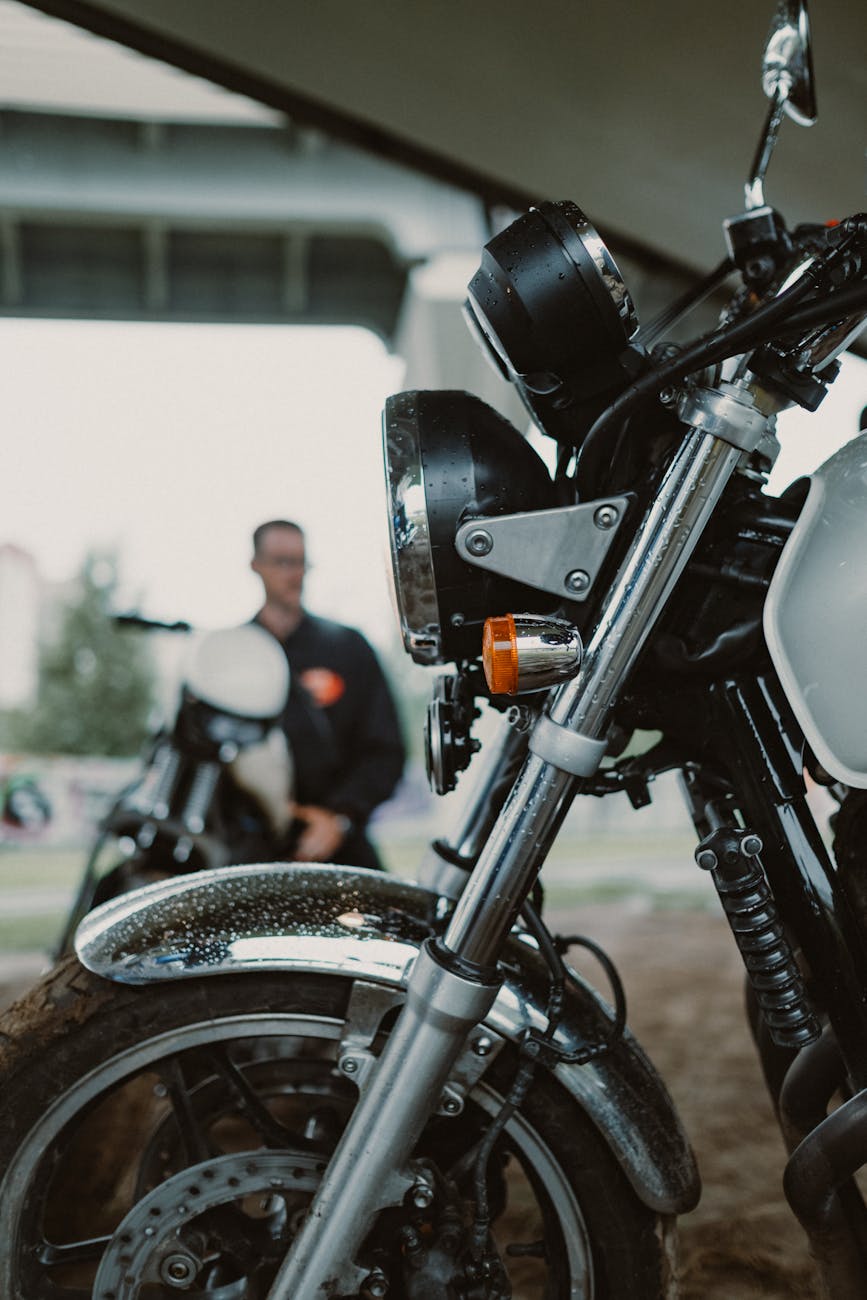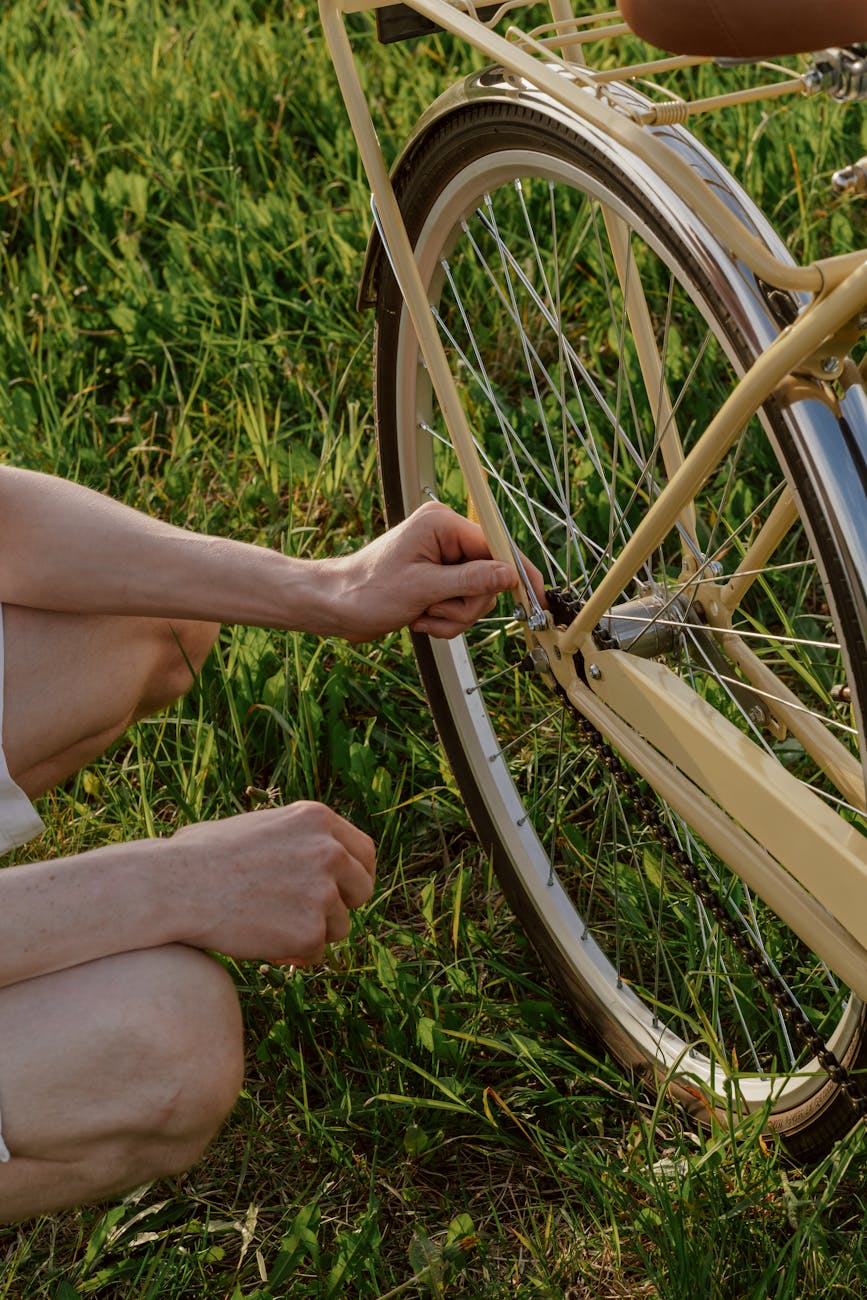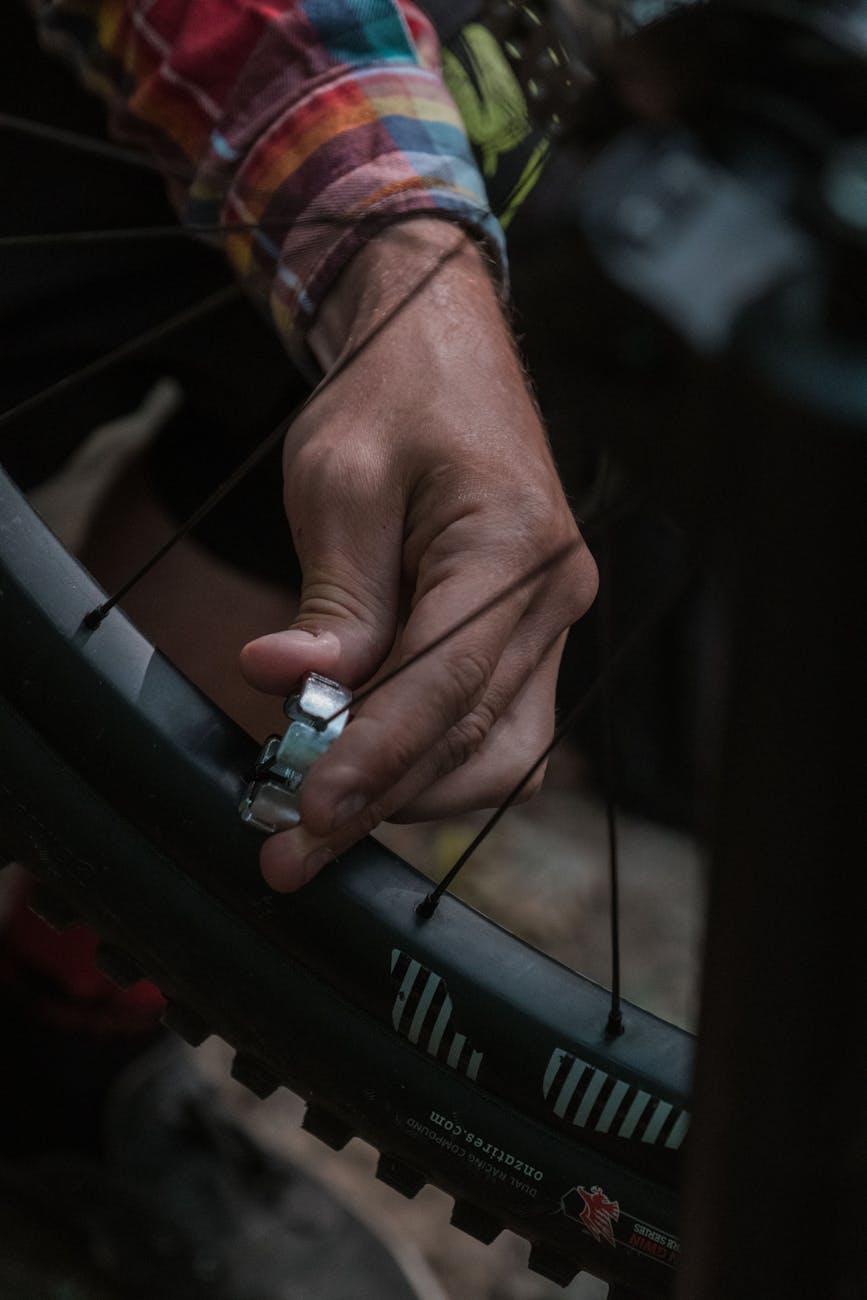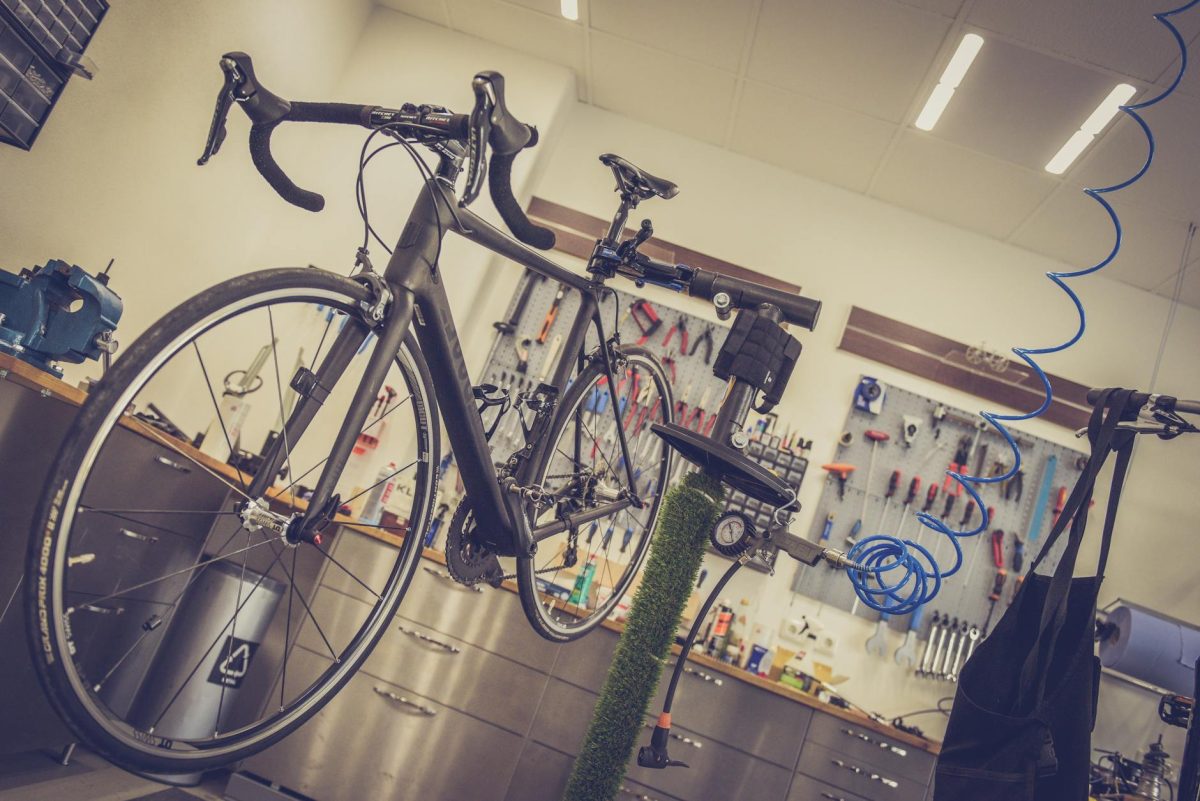Title: Expert Tips for Perfect Alignment and Truing of Bike Wheels
Ensuring that your bike wheels are properly aligned and trued is crucial for a smooth and safe riding experience. Misaligned or untrue wheels can lead to wobbling, reduced stability, and increased wear and tear on your bike components. By following some basic maintenance tips, you can easily keep your bike wheels in optimal condition. In this article, we will discuss the importance of wheel alignment and truing, as well as provide you with practical tips to maintain your bike wheels effortlessly.
Understanding Wheel Alignment and Truing
Proper alignment and truing are essential for the performance and longevity of your bike wheels. Wheel alignment refers to the positioning of the wheel in relation to the frame and fork of the bike. When a wheel is misaligned, it can cause handling issues and uneven tire wear. Truing, on the other hand, involves adjusting the tension of the spokes to eliminate any lateral or radial deviations in the wheel, ensuring it spins straight and true. Regularly checking and correcting the alignment and truing of your bike wheels will not only enhance your ride quality but also prevent potential accidents due to wheel problems.
Signs of Misalignment and Untrue Wheels
Before delving into the maintenance tips, it’s essential to know the signs that indicate your bike wheels may be misaligned or untrue. Common signs include wobbling or vibration while riding, rubbing of the tires against the frame or brakes, and uneven gaps between the wheel rim and brake pads. If you notice any of these signs, it’s time to check and adjust your wheel alignment and truing.
Maintenance Tips for Effortless Alignment and Truing
1. Use a Truing Stand: Investing in a truing stand can make the process of aligning and truing your bike wheels much easier and more accurate. Truing stands provide a stable platform to spin the wheel and gauge the extent of misalignment or untrueness.
2. Check Spoke Tension: Inspect the tension of the spokes regularly by gently squeezing them together in pairs. Properly tensioned spokes will have a consistent feel, while loose or overly tight spokes indicate the need for adjustment.
3. Adjust Spokes Gradually: When truing a wheel, make small, gradual adjustments to the spokes rather than large turns. This will help you fine-tune the wheel’s alignment without risking overcorrection.
4. Use a Spoke Wrench: A spoke wrench is a handy tool for adjusting the tension of individual spokes. Make sure to use the correct size of spoke wrench for your bike’s spokes to prevent damaging them.
5. Check for Radial and Lateral Deviations: When truing a wheel, pay attention to both radial (up-and-down) and lateral (side-to-side) deviations. Addressing both types of misalignment will ensure a smooth and stable ride.
Conclusion
Proper alignment and truing of your bike wheels are essential maintenance tasks that can significantly impact your riding experience. By following the tips outlined in this article, you can easily maintain your bike wheels in optimal condition without the need for professional help. Regular checks and adjustments will not only extend the lifespan of your wheels but also enhance the safety and performance of your bike. Effortless maintenance routines can go a long way in ensuring that you enjoy a smooth and enjoyable ride every time you hit the road.






